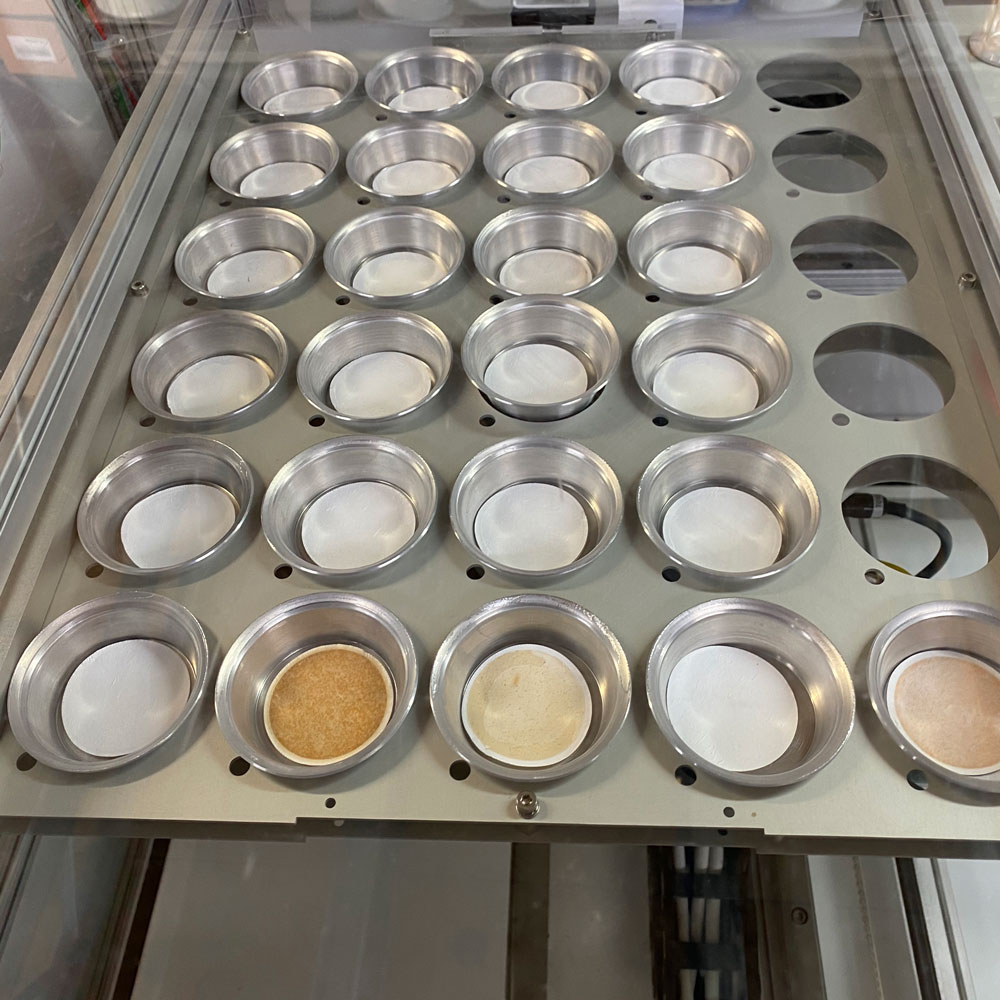
Why Measure Suspended Solids?
The measurement of suspended solids or total suspended solids is to quantify the quality of various aqueous treatment processes and for testing of wastewater quality. The level of suspended solids in water and wastewater effect the quality of water and how it can be used. It is important in some industrial processes to accurately measure the suspended solids for determining the effectiveness of the control process being employed.
Use of an automated weighing system for suspended solids ensures all weights recorded are according to the laboratories testing procedures. Suspended solids measurements are useful in any process where contaminants may be present such as river water, drinking water, agricultural runoff, evaporative cooling systems and filtration processes to name a few.
Using Gravimetric Analysis to determine Suspended Solids
To measure suspended solids and total suspended solids by gravimetric analysis (weight), the user must first weigh and record the filter paper weight. The filter paper is usually washed using deionized water before drying. This then becomes W2. After the weight of the filter paper has been established, a known quantity of analyte (sample) is then dispensed over the filter paper surface. The filter paper then traps the suspended solids in the paper where the user would then take the filter paper to a drying oven to drive off any residual moisture. This then leaves only the suspended solids on the filter paper. The filter paper is then weighed again and the weight is recorded. This then becomes W1. To calculate the suspended solids or total suspended solids the following equation is used.
Total Suspended Solids – TSS (mg/L) = (W1 – W2)/V where;
W1: Weight of filter paper with suspended solids,
W2: Weight of filter paper,
V: Volume of sample expressed in mL. E.G. of 40mL sample volume is used, then divide by 40000 to give result in mg/L.
The entire weighing process for suspended solids takes around 2 hours to complete and therefore does not provide an instantaneous result.


